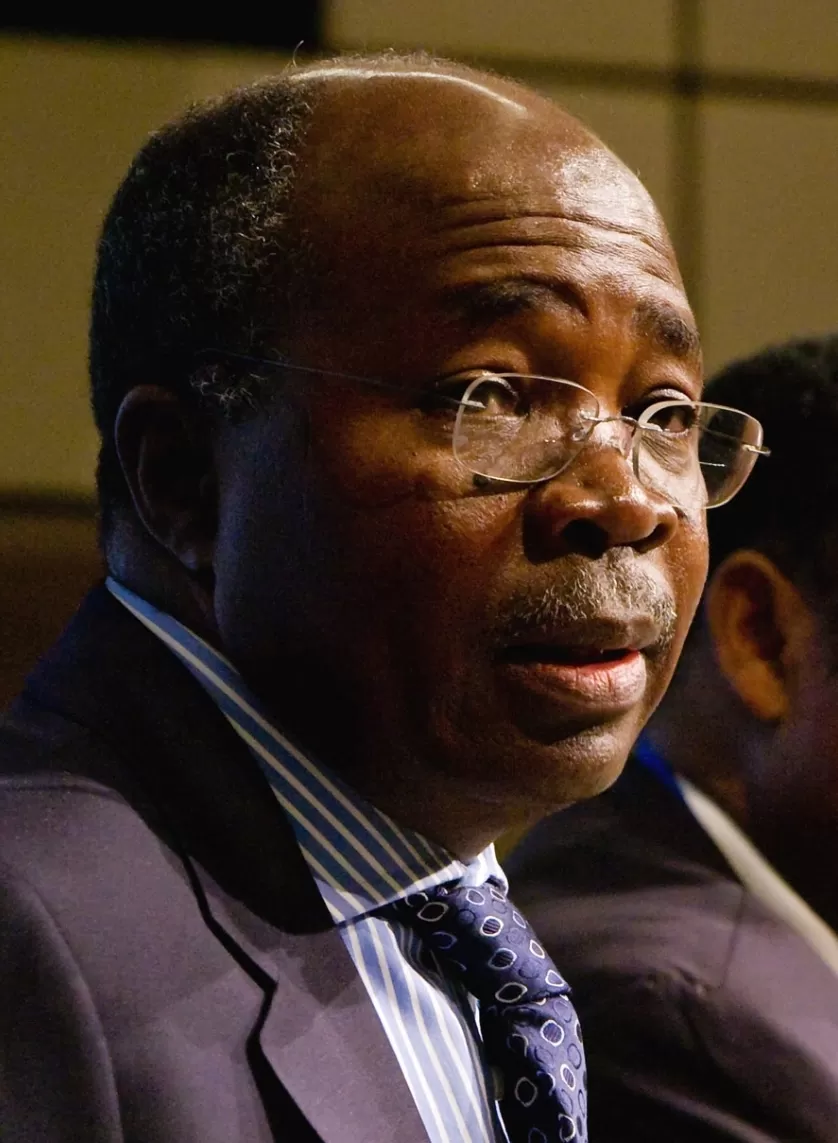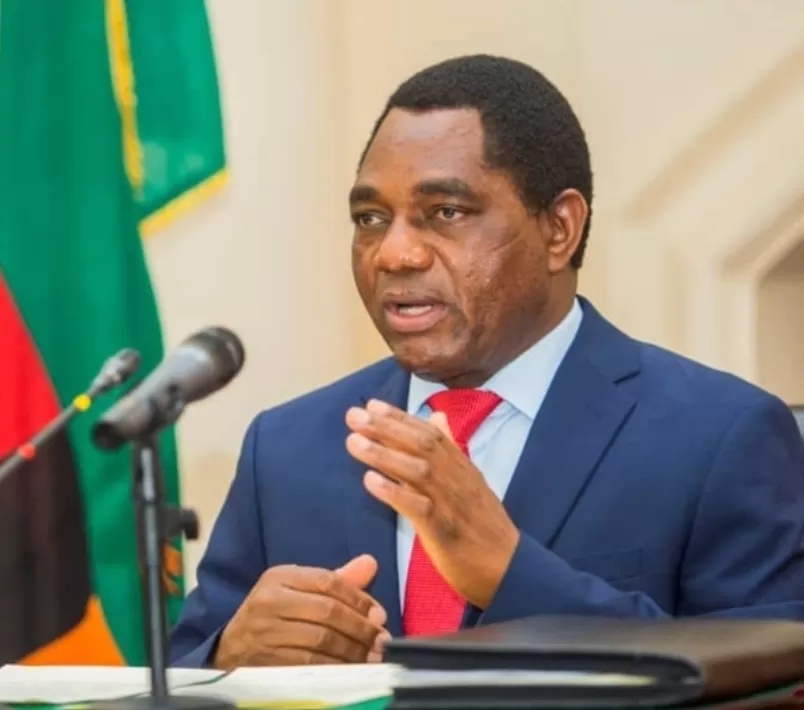By Kalata News,
Lusaka – ZAMBIA’s economic indicators have for consecutive months continued showing underperformance.
The indicators as monitored by the Ministry of Finance and National Planning (MoFNP) are the general prices, revenue collection, exchange rate, price of copper and balance of trade among others.
The Monthly Economic Indicators (MEI) months reviewed were for August and September 2023.

The review showed the general prices have continued rising every month with annual inflation as measured by the Consumer Price Index (CPI) rising to 12.0 percent in September 2023 from 10.8 percent recorded in August 2023.
According to MoFNP this out turn was on account of price movements of selected food and food items. In the same period, food inflation also increased to 13.4 percent from 12.6 percent recorded in the previous month.
“Likewise, non-food inflation for September 2023 increased and was recorded at 10.1 percent from 8.5 percent in August 2023. Exchange Rate In September 2023, the Kwacha depreciated against the USD by 7.1 percent to an average of K20.79/USD from K19.41/USD in August 2023. Similarly, the Kwacha depreciated against other major trading currencies by 33.7 percent against the British Pound, 36.2 percent against the Euro and 14.6 percent against the South African Rand, trading at an average of K25.78/GBP, K22.20/Euro and K1.10/ZAR from K25.54/GBP, K21.93/Euro and K0.96/ZAR,” says the Monthly Economic Indicators report.
In terms of balance of trade, the MEI records that electricity generation in September 2023 decreased by 7.4 percent to 1,571.5 Gwh from 1,696.5 Gwh recorded in August 2023. Similarly, electricity consumption (recorded with a one-month lag) decreased by 7.0 percent in August, 2023 to 1,160.7 Gwh from recorded in 1,247.9 Gwh July, 2023.
“Zambia recorded a trade deficit of K537.4 million in September 2023 from a trade surplus of K2,307.0 million in August 2023. In this period, imports of goods increased by 5.6 percent to K17,703.2 million from K16,758.2 million recorded in the previous month. In contrast, exports of goods decreased by 10.0 percent to K17,166.0 million from K19,064.7 million recorded in August 2023. Traditional export earnings decreased by 7.7 percent to K10,910.6 million from K11,818.3 million while Non-traditional export earnings also decreased by 13.7 percent to K6,255.4 million from K7,246.4 million 2023,” says the MEI for September.

However, for the month of August, Zambia’s balance of trade was positive with more exports being recorded than imports.
The MEI reports, “In August, 2023, Zambia recorded a trade surplus of K2,307.0 million from a trade surplus of K2,333.0 million in the July, 2023. During the period under review, imports of goods increased by 10.7 percent to K16,758.2 million from K15,140.0 million recorded in July, 2023. Exports of goods also increased by 9.0 percent to K19,064.7 million from K17, 473.2 million recorded in July, 2023. Similarly, traditional export earnings increased by 4.6 percent to K11,818.3 million from K11,294.8 million. Non-traditional export earnings also increased by 17.3 percent to K7,246.4 million from K6,178.4 million recorded in July, 2023.”
The same period has seen the Kwacha continue depreciation due to high demand for the dollar compared to the local currency. The MEI reports that the exchange rate In September 2023, saw the Kwacha depreciate against the USD by 7.1 percent to an average of K20.79/USD from K19.41/USD in August 2023. Similarly, the Kwacha depreciated against other major trading currencies by 33.7 percent against the British Pound, 36.2 percent against the Euro and 14.6 percent against the South African Rand, trading at an average of K25.78/GBP, K22.20/Euro and K1.10/ZAR from K25.54/GBP, K21.93/Euro and K0.96/ZAR.

According to the African Development Bank, Zambia’s Economic Outlook, GDP is projected to grow 4.0% in 2023 and 4.2% in 2024, underpinned by the continued recovery in mining, services, and manufacturing; higher global copper prices; and the market confidence associated with ongoing fiscal consolidation measures. A slight uptick in growth in real GDP per capita is projected, to 1.2% in 2023 and 1.4% in 2024. Inflation is projected to decline to 8.5% in 2023 and 7.1% in 2024, within the 6%–8% target range. Upside risks include higher fuel prices and electricity tariffs and fluctuation in global fertilizer prices. The fiscal deficit is projected to persist at 8.1% of GDP in 2023 and 7.3% in 2024, owing to increased social spending.
For these outlooks to be achieved, the Zambia’s economy must begin to operate at maximum efficiency by ensuring that all the economic cylinders begin firing at maximum levels.




